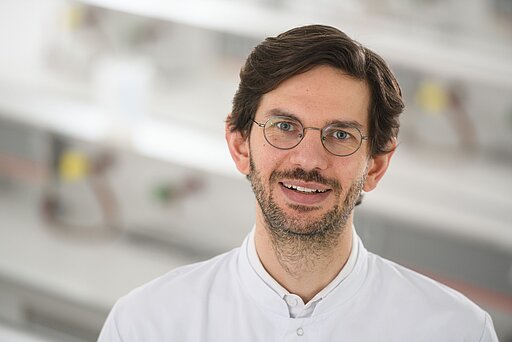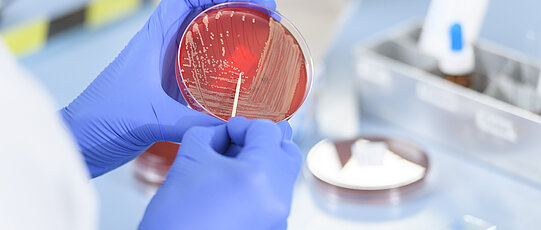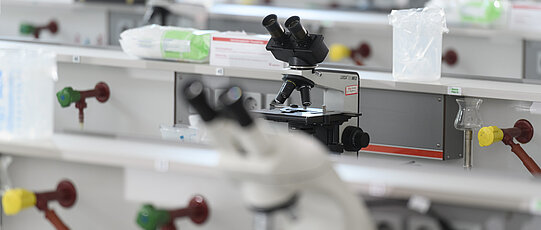
Zentralblatt für Bakteriologie, Mikrobiologie und Hygiene. 1. Abt. Originale. A, Medizinische Mikrobiologie, Infektionskrankheiten und Parasitologie | Vol 255, Issues 2–3, Pages 157-421 (September 1983) | ScienceDirect.com by Elsevier

Molecular Epidemiology of Bacterial Infections (Vogel/Claus lab) - Institut für Hygiene und Mikrobiologie

PDF) Short Report: Three-Dimensional Reconstruction of Echinococcus multilocularis Larval Growth in Human Hepatic Tissue Reveals Complex Growth Patterns
Non-O157:H7 Pathogenic Shiga Toxin–Producing Escherichia coli: Phenotypic and Genetic Profiling of Virulence Traits and Eviden

Molecular Epidemiology of Bacterial Infections (Vogel/Claus lab) - Institut für Hygiene und Mikrobiologie

File:DVB (Dresdner Verkehrsbetriebe) -- Straßenbahn Sonderbeklebung - Deutsches Hygiene Museum Dresden - in Striesen - Linie 6 - Bild 001.jpg - Wikimedia Commons
Non-O157:H7 Pathogenic Shiga Toxin-Producing Escherichia coli: Phenotypic and Genetic Profiling of Virulence Traits and Evidence















